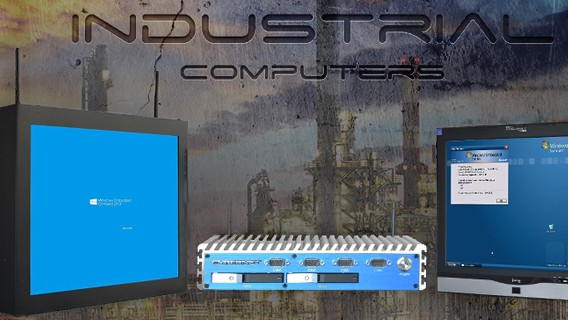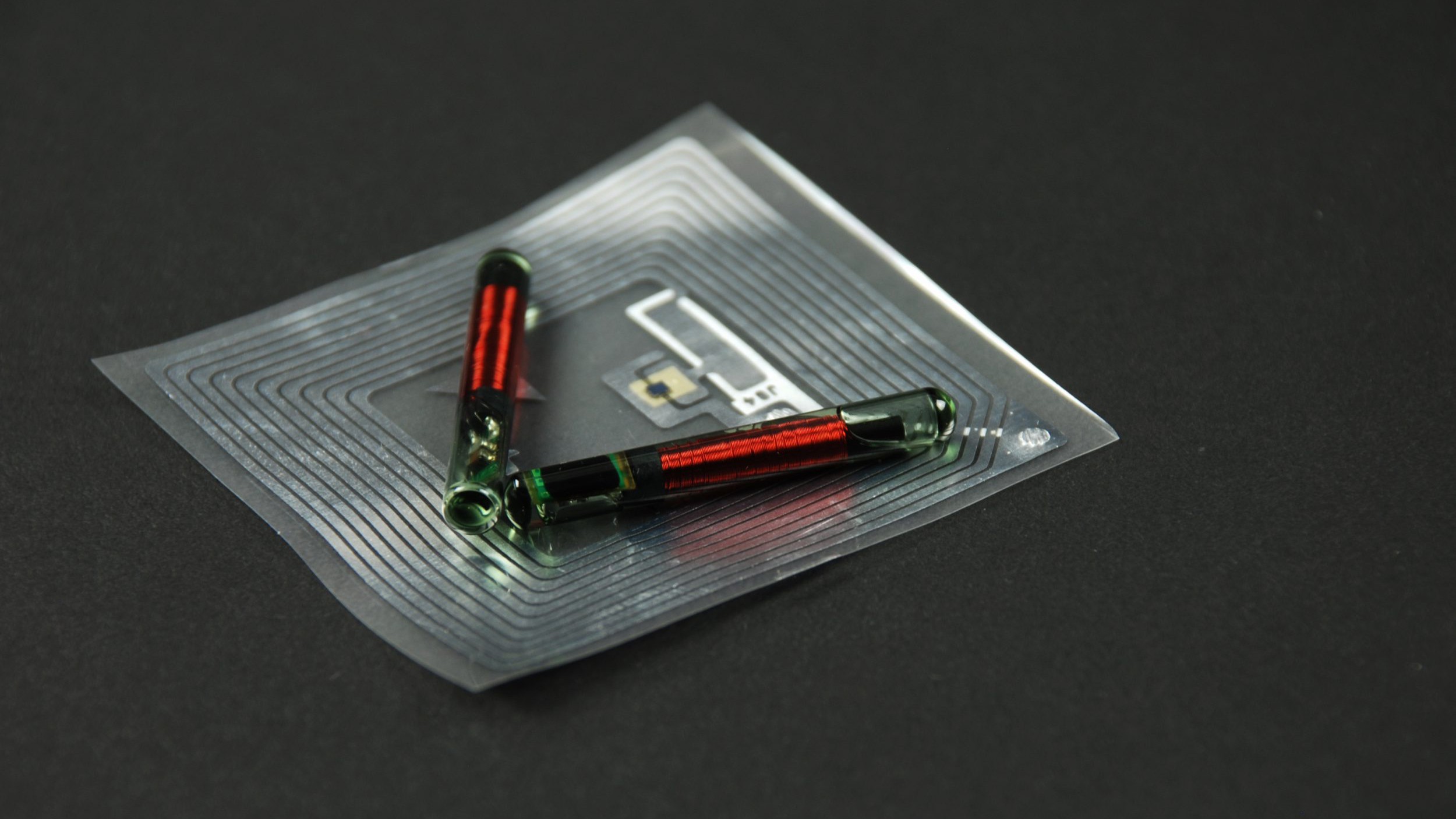Many people see being an HVAC (short for Heating, Ventilation, and Air Conditioning) technician the same way they see being a plumber – a blue-collar trade for people looking for a career path that doesn’t require a college degree. In reality, just like plumbing, HVAC is a complex and fascinating field that rests on a foundation of advanced physics and engineering. It’s not a stretch to say that much of our modern way of life would be impossible without HVAC technology. So in honor of this year’s HVAC Technician Day, Cybernet is celebrating these unsung HVAC heroes who work so tirelessly to make life more comfortable for the rest of us.
Unfortunately, despite the proven efficacy of well-designed HVAC systems, there are still some business owners, particularly in the manufacturing industry, who believe HVAC is more of an expense than it’s worth. After all, factories are large spaces, and it takes a lot of energy to keep them at a consistent temperature. Accordingly, many factories entirely lack any kind of heating or cooling system. As a result, the climate inside is subject to the whims of both the environment and its machines.
While this may save some money in the short run, these companies could face many adverse downstream effects from that decision. Thankfully, advancements in digital technology have ushered in a fourth industrial revolution, or Industry 4.0, giving manufacturers the ability to automate their operations with a level of granular control that was previously impossible. By leveraging these technological advancements to control an HVAC system, manufacturers can make their operations more comfortable for their workers and save money.
The Dog Days of Summer and the Dead of Winter
Article Guide
There’s no way to sugarcoat it; we are looking at another record-setting summer this year. With climate change in full effect, extreme summer heat is just going to be a fact of life in much of the world. At the same time, that doesn’t mean that cold winters will disappear from the face of the Earth. In fact, in many locations, global warming will bring larger temperature fluctuations on both a daily and seasonal basis. Hot days in the 100s, cool nights in the low 50s (in Fahrenheit anyway). Long blazing summers followed by frigid winters.
Even in the absence of environmental factors, factories are already harsh environments prone to extreme temperatures. The large machinery used in many factories can generate large amounts of heat, both deliberately as part of their operation and as a waste byproduct of its primary function. Conversely, some machinery can make their surroundings extremely cold as a result of endothermic processes.
Meanwhile, a lack of proper ventilation insulates the factory from the outside, trapping whatever heat or cold inside and making the space unbearable. It can also trap in harmful particulates generated through manufacturing processes, making the air itself unbreathable over time. The conditions in most factories are so harsh that even with proper HVAC systems, they still need specialized Rugged Industrial PCs or Industrial Panel PCs that can withstand high levels of dust and temperature extremes.
Needless to say, the numerous downsides of forging HVAC in manufacturing are only going to become more pronounced in the future. Thankfully, for those manufacturers who are still concerned about the cost of operating an HVAC system, digital technology will go a long way to lowering the cost to run your HVAC system, allowing you to reap the benefits of HVAC while minimizing the impact on your bottom line.
Industry 4.0 & HVAC
We’ve discussed Industry 4.0 on this blog before, but in short, it essentially boils down to the use of digital technology to gather, analyze, and utilize data from every step in the manufacturing process in order to maximize efficiency. While generally thought of in terms of Smart Factories and supply chain management, the same technology that ensures you are getting the most out of your assembly line can also be pressed into service to help you get the most out of your HVAC system.
The Old Way
Most people are familiar with automated climate control of some type or another. After all, thermostats have been able to activate heating and cooling systems in response to changes in temperature or on a timer for longer than microchips have been around. However, these old-school climate control systems only give you so much control over a building’s climate.
You can only place so many thermostats throughout a building, and their effectiveness is directly tied to where you put them in a given room. Not only that, they are only capable of turning on or off heating and air conditioning systems, which represent only one part of an HVAC system. They cannot open or close windows, doors, shutters, or vents. Further, if something goes wrong, there is no way to pinpoint exactly what or where the problem is.
Smart Sensors, Industrial PCs, and Responsive Climate Control
A smart HVAC system, built on the backbone of Industry 4.0 technology, provides a superior level of automation and control compared to their old school counterparts. Digital heat and humidity sensors, and even thermal cameras, deployed across the factory relay data wirelessly to Industrial PCs, which analyze the data and use it to control the HVAC system with unprecedented granularity.
Is one half of the factory floor boiling up while another is perfectly comfortable? The system can direct AC to just that half of the building. Is it just because one machine is overheating? The system can not only turn off that machine but open cooling vents directly above it, rather than activating the entire air conditioning system, saving energy and money. Is it getting hot outside, but not yet in your factory? The system can close loading doors and windows, open-air vents, AND direct reflective panels on the roof to point directly at the sun, all simultaneously to maximize cooling without Air Conditioning at all.
As you can see, the power of digital technology opens up the massive potential for an HVAC system. Gone are the days of just setting and forgetting a thermostat.
Building Automation and Predictive Maintenance
The beauty of Industry 4.0 technology is that it not only allows for an unprecedented level of automation, but it also makes it easier to identify and even predict when and where problems will occur. For example, there was often no way to tell if something was wrong with old HVAC systems until far too late. Sure, you might get lucky and catch problems early, if you are diligent with regular maintenance on a fixed schedule, but usually, there’s no indication anything is wrong until the entire system stops working. Then when something inevitably does go wrong, pinpointing the exact source of the problem is a headache in and of itself.
On the other hand, with a smart HVAC system, an array of Industrial PCs collects and analyzes a constant stream of data from all over a factory. It can detect when something is off well before any human being could notice anything was awry. Is a vent in the east wing stuck? The system will know exactly which one before you do. Perhaps an exhaust fan is vibrating too much? The system will detect that and alert you too. No matter where a problem occurs, the system will be able to use the data it collects to alert you of the exact location and nature of the issue BEFORE it becomes catastrophic.
Sustainability and Savings
With the unprecedented level of control and self-optimization Industry 4.0 technology can bring to an HVAC system, you can achieve unparalleled levels of energy efficiency. No longer will you be wasting money blasting the AC or heater when you don’t need to. All of this means that not only do you save money on the system itself, you also minimize the system’s carbon footprint, a must as we head into an uncertain environmental future.
HVAC also makes your factory an easier place to work. When workers don’t have to brave three-digit heat or sub-freezing temperatures for hours to do their jobs, their overall productivity AND job satisfaction increase. This creates a positive feedback loop, in which increased job satisfaction, in turn, leads to higher productivity.
All of these factors, combined with unprecedented predictive maintenance capabilities, means that a smart HVAC system can deliver you massive savings AND increased profits in the long run. To think something so revolutionary could be possible with a few strategically placed digital sensors and Industrial PCs.
If you’re interested in finding out how you can leverage the power of Industry 4.0 together with HVAC technology, contact the industrial computing experts at Cybernet today!
Industrial Computing: Changes in the Oil and Gas Industry
September 8, 2015
The field of industrial computing has evolved to such a degree that the devices that are currently available transform the very industries that they are deployed in. There are a number of computers suitable for a…
0 Comments6 Minutes
4 More Surprising Uses For Industrial RFID Technology
February 3, 2022
Radio Frequency Identification, or RFID, is the scanning of special tags with radio waves. These tags can be affixed on items from boxes to wrist bands, and can contain information like the item’s name, SKU…
0 Comments10 Minutes
You Can't
Learn from a Pop-up
But we can deliver knowledge to your inbox!
We dive deep in the industry looking for new trends, technology, news, and updates. We're happy to share them with you.
Knowledge, News, and Industry Updates Right in Your Inbox




